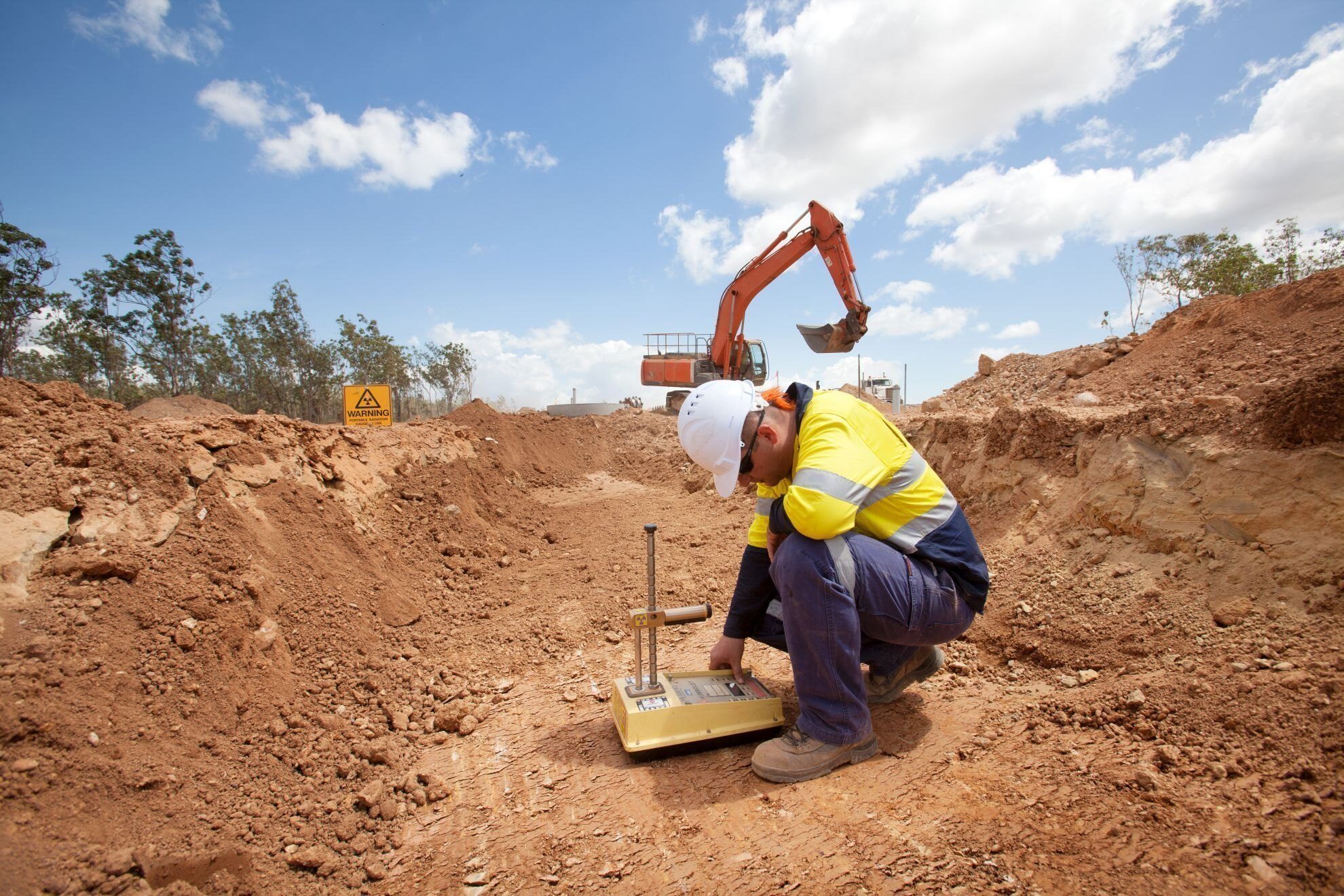Geotechnical Engineering For Construction Projects - Truths
The Basic Principles Of Geotechnical Engineering For Construction Projects
Table of ContentsGetting My Geotechnical Engineering For Construction Projects To Work6 Simple Techniques For Geotechnical Engineering For Construction ProjectsSee This Report about Geotechnical Engineering For Construction ProjectsFacts About Geotechnical Engineering For Construction Projects UncoveredGeotechnical Engineering For Construction Projects Things To Know Before You BuyGetting My Geotechnical Engineering For Construction Projects To Work
The duty of geotechnical engineering considerably handles recognizing the features of soil and rock, which may differ substantially by their thickness, moisture content etc. These attributes should be checked out by geotechnical designers to anticipate their motions under different conditions. The safety in addition to stability of structures are impacted by soil conditions, making this evaluation needed.A geotechnical designer will analyze dirt to determine the bearing capability of the earth and suggest correct foundation kinds, such as shallow foundations, deep structures like piles, or specialized options like floating foundations for soft dirts. Recognizing the attributes and actions of soil and rock, along with exactly how they communicate with buildings that have actually been set up on or within them, is just one of the key descriptions for why geotechnical engineering is essential.
Environmental defense is achieved with geotechnical design. Knowledge in air, water, and dirt high quality upkeep is put to make use of by geotechnical designers to reduce the negative results of jobs.
To sum up, geotechnical design is an important discipline that preserves the durability and integrity of civil framework. Geotechnical engineers add to making building tasks efficient all over the world by understanding the behavior of earth products and using appropriate preparation methods.
Some Known Questions About Geotechnical Engineering For Construction Projects.
By taking a look at soil, rock, and subsurface conditions, geotechnical designers give crucial insights that help in the layout, building and construction, and maintenance of structures and facilities.

Not known Details About Geotechnical Engineering For Construction Projects
Laboratory screening: Determining the buildings of soil and rock. Numerous high-profile construction tasks have actually efficiently used geotechnical engineering to ensure their stability and safety.

As a leader in geotechnical design, BECC Inc. is dedicated to delivering ingenious and effective remedies that meet the highest standards of quality and safety and security. For more details on how BECC Inc. can sustain your next building and construction project, call us today and let us help you improve strong ground.
William Rankine, a designer and physicist, developed an alternative to Coulomb's earth stress concept. Albert Atterberg developed the clay consistency indices that are still made use of today for soil classification. In 1885, Osborne Reynolds identified that shearing causes volumetric extension of thick products and contraction of loose granular products. Modern geotechnical engineering is said to have started in 1925 with the magazine of Erdbaumechanik by Karl von Terzaghi, a mechanical engineer and geologist.
What Does Geotechnical Engineering For Construction Projects Do?
Terzaghi also developed the structure for theories of birthing capacity of structures, and the concept for prediction of the rate of settlement of clay layers because of consolidation. Later on, Maurice Biot completely developed the three-dimensional dirt combination concept, extending the one-dimensional model previously developed by Terzaghi to much more basic hypotheses and presenting the collection of basic equations of Poroelasticity.
Geotechnical designers investigate and establish the properties of subsurface conditions and materials.
The Best Strategy To Use For Geotechnical Engineering For Construction Projects
Geologic mapping and interpretation of geomorphology are normally finished in consultation with a geologist or engineering rock hound. Subsurface exploration generally includes in-situ testing (as an example, the typical penetration test and cone penetration test). The digging of test pits and trenching (especially for situating faults and slide planes) might likewise be utilized to discover dirt problems at deepness. , which uses a thick-walled split spoon sampler, is the most typical way to accumulate disturbed examples.

Commonly, the user interface's precise geometry is unknown, and a simplified interface geometry is presumed. Limited inclines need three-dimensional versions to be evaluated, so most slopes are analyzed thinking that they are considerably broad and can be stood for by two-dimensional models.
The Definitive Guide for Geotechnical Engineering For Construction Projects
Developing the layout based on a functioning theory of behavior expected under the most potential conditions. Choice of amounts to be observed as building and construction proceeds and calculating their prepared for values based on the working theory under the most negative problems.
Measurement of amounts and evaluation of real conditions. Design alteration per actual conditions The observational technique is appropriate for building that has actually already begun when an unexpected development happens or when a failing or accident looms or has actually read the full info here currently happened. It is improper for tasks whose layout can not be changed throughout more information construction.